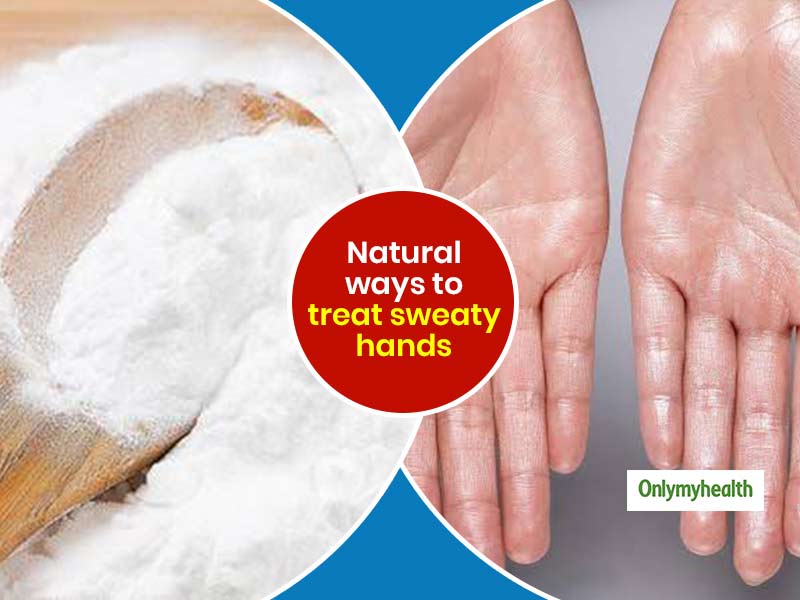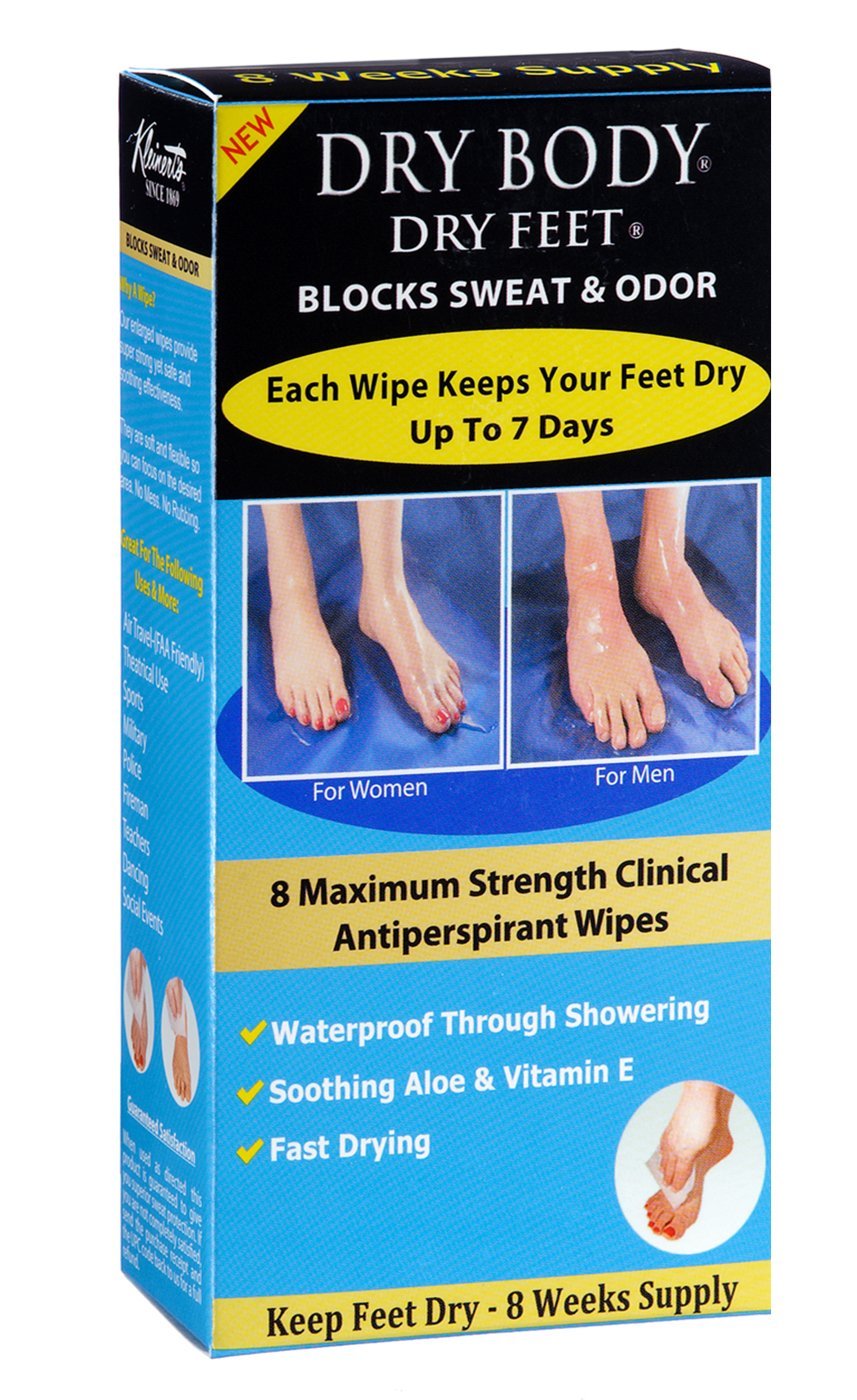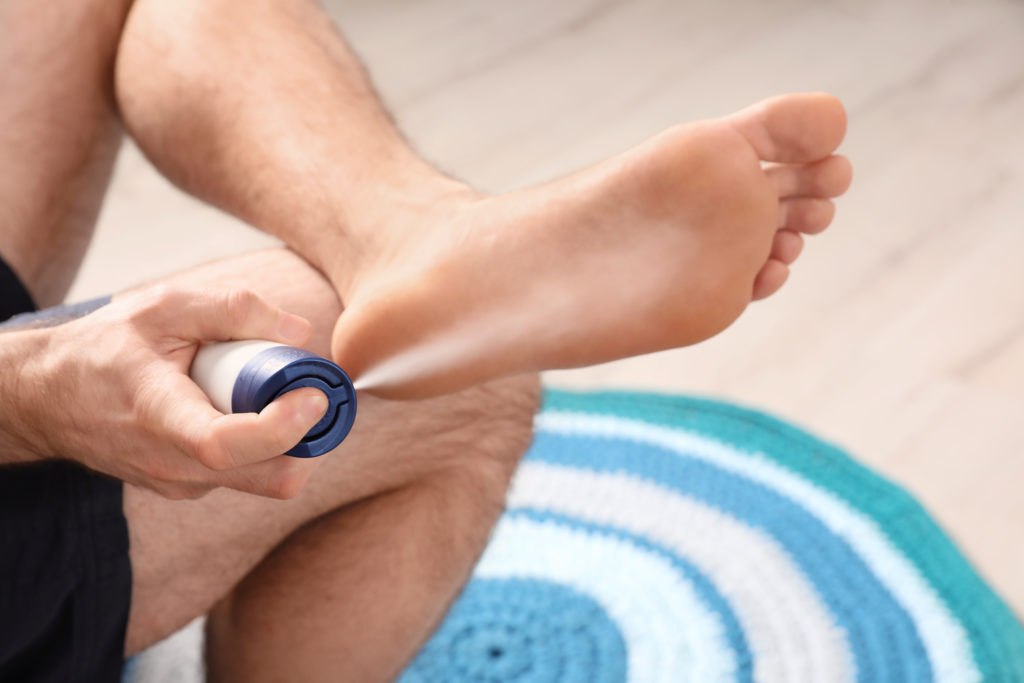Recognizing the Origin of Excessive Sweating and Its Influence On Life
Excessive sweating, likewise recognized as hyperhidrosis, is a condition that affects a considerable section of the populace, yet its underlying causes and ramifications on day-to-day functioning remain somewhat enigmatic. While it is frequently recognized as a physiological reaction to control body temperature level, the triggers for too much sweating can differ widely among individuals, encompassing not only physical aspects yet additionally psychological and emotional elements. Additionally, the effect of this condition prolongs beyond simple discomfort, typically affecting social communications and general lifestyle. By diving right into the origin of hyperhidrosis and exploring its multifaceted effects, a deeper understanding of this prevalent concern can be gotten, clarifying the complexities that individuals grappling with too much sweating browse each day.
Physiology of Sweat Glands
The regulation of sweat production, a critical physiological procedure, is primarily controlled by the activity of sweat glands distributed throughout the human body. Sweat glands are classified into 2 major types: eccrine and apocrine glands.
When the body temperature level increases, either as a result of exercise, high temperatures, or psychological anxiety, the anxious system causes the sweat glands to create sweat. This sweat is made up primarily of water and electrolytes like sodium and chloride. The process of sweat manufacturing is essential for preserving the body's interior temperature level within a narrow, optimal variety, highlighting the essential role sweat glands play in human physiology.
Triggers for Excessive Sweating
In comprehending the origin creates of excessive sweating, it is essential to determine the triggers that can cause this physical feedback. Excessive sweating, also known as hyperhidrosis, can be triggered by different aspects, both ecological and physical. One typical trigger is psychological anxiety or anxiousness, which can boost the body's gland to create even more sweat than is needed for cooling down. Physical effort, heats, and spicy foods are likewise understood to set off extreme sweating in individuals prone to this condition. Moreover, certain clinical problems like diabetic issues, hyperthyroidism, or menopause can add to excessive sweating as well.
Furthermore, drugs such as some antidepressants, opioids, and certain supplements can additionally function as triggers for hyperhidrosis. Understanding these triggers is crucial in handling excessive sweating successfully - How to stop sweaty hands. By recognizing and attending to the specific triggers that trigger excessive sweating in a private, doctor can establish tailored treatment strategies to alleviate this problem and boost the individual's top quality of life
Medical Conditions Associated
Connected with too much sweating are different clinical problems that can intensify this physical response. One typical problem is hyperhidrosis, a condition identified by abnormally boosted sweating that surpasses the body's thermoregulatory needs. This can materialize in focal locations like the hands, soles, underarms, or face, impacting check that an individual's lifestyle as a result of social shame and discomfort.
In addition, endocrine conditions such as hyperthyroidism, diabetic issues, and menopausal hot flashes can also lead to too much sweating. Hyperthyroidism triggers an overproduction of thyroid hormones, increasing metabolic process and setting off sweating.
Moreover, infections like hiv, endocarditis, and consumption have actually been related to night sweats, an usual sign known to interfere with sleep and influence general well-being. These clinical conditions highlight the varied variety of underlying factors that can add to excessive sweating, demanding detailed examination and management by health care professionals.
Emotional and emotional Variables

Influence On Social Communications
Too much sweating can have extensive results on a person's capability to involve comfortably in social communications. The visible signs of sweat discolorations or damp patches on clothes can cause embarrassment and self-consciousness, triggering people to take out from social situations. This withdrawal can affect relationships, limitation social activities, and hinder expert and individual growth.

Additionally, the anxiousness and self-worth problems originating from too much sweating can influence communication and social abilities. Individuals might battle to concentrate on conversations, get involved in team tasks, or share themselves with confidence. This can lead to sensations of seclusion and isolation, as social connections become testing to keep.
Verdict

While it is frequently understood as a physiological reaction to control body temperature level, the triggers for excessive sweating can vary extensively amongst people, including not only physical factors however also emotional and emotional aspects. By delving into the root causes of hyperhidrosis and discovering its multifaceted impacts, a much deeper understanding of this prevalent concern can be acquired, losing light on the complexities that people grappling with too much sweating navigate on an everyday basis.
Physical exertion, high temperature levels, and spicy foods are likewise known to set off too much sweating in individuals vulnerable to this condition. By recognizing and addressing the certain triggers that motivate excessive sweating in a specific, health care service providers can establish customized therapy plans to alleviate this condition and enhance the person's top quality of life.
Extreme sweating can have extensive results on an individual's capability to involve conveniently in social interactions.
Comments on “Targeted Dermatology Treatments for Hyperhydrosis of Hands and Feet: Efficient Solutions”